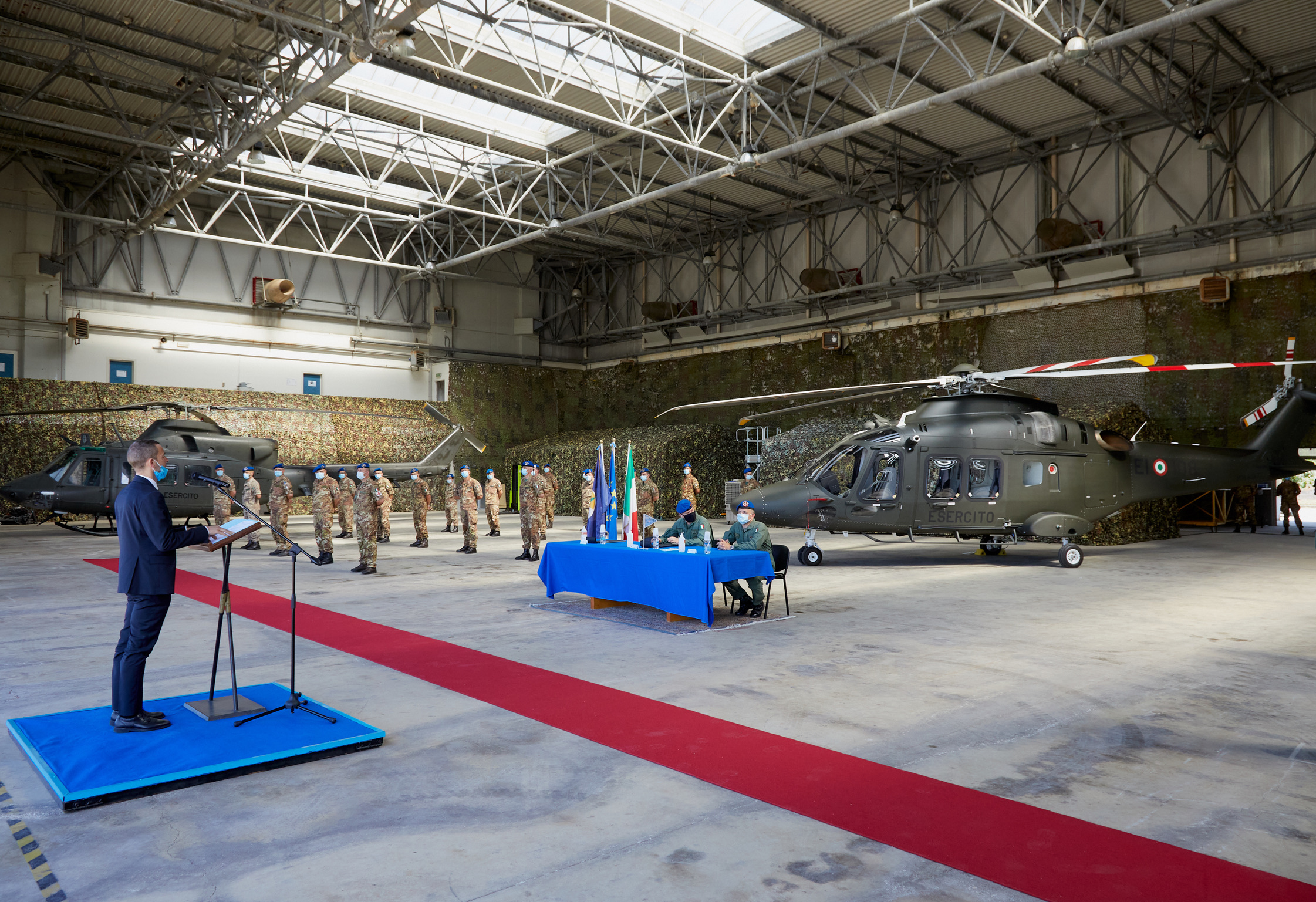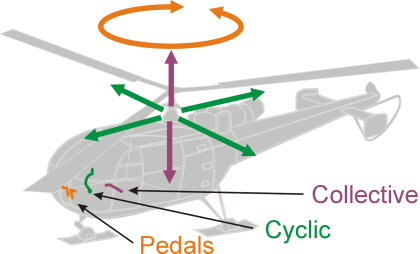Failure sequence
The evidence gathered to date shows that the loss of control of the helicopter resulted
from the tail rotor actuator control shaft becoming disconnected from the actuator lever
mechanism. Disconnection of the control shaft from the lever prevented the feedback
mechanism for the tail rotor actuator from operating and the tail rotor actuator from
responding to yaw control inputs. Loss of the feedback mechanism rendered the yaw
stops ineffective, allowing the tail rotor actuator to continue changing the pitch of the
tail rotor blades until they reached the physical limit of their travel. This resulted in an
uncontrollable right yaw.
Sufficient force and torque had been applied to the castellated nut on the actuator end of
the control shaft to friction weld it to the pin carrier and to shear the installed split pin. The
observed condition of the duplex bearing and the increased torque load on the castellated
nut that remained on the spider end of the shaft is consistent with rotation of the tail rotor
actuator control shaft. Whilst the shaft was rotating and a yaw control input was applied, the
shaft “unscrewed” from the nut, disconnecting the shaft from the actuator lever mechanism,
and causing the nut to become welded to the pin carrier.
Safety actions
On 5 November 2018 the manufacturer of the helicopter issued Alert Service
Bulletin (ASB) 169-120 for AW169 helicopters, giving instructions for a
precautionary inspection of the tail rotor control assembly on all helicopters in
the global fleet. On 6 November the manufacturer also issued ASB 189-213 for
AW189 helicopters, which have a similar tail rotor control system.

 www.leonardocompany.com
www.leonardocompany.com

